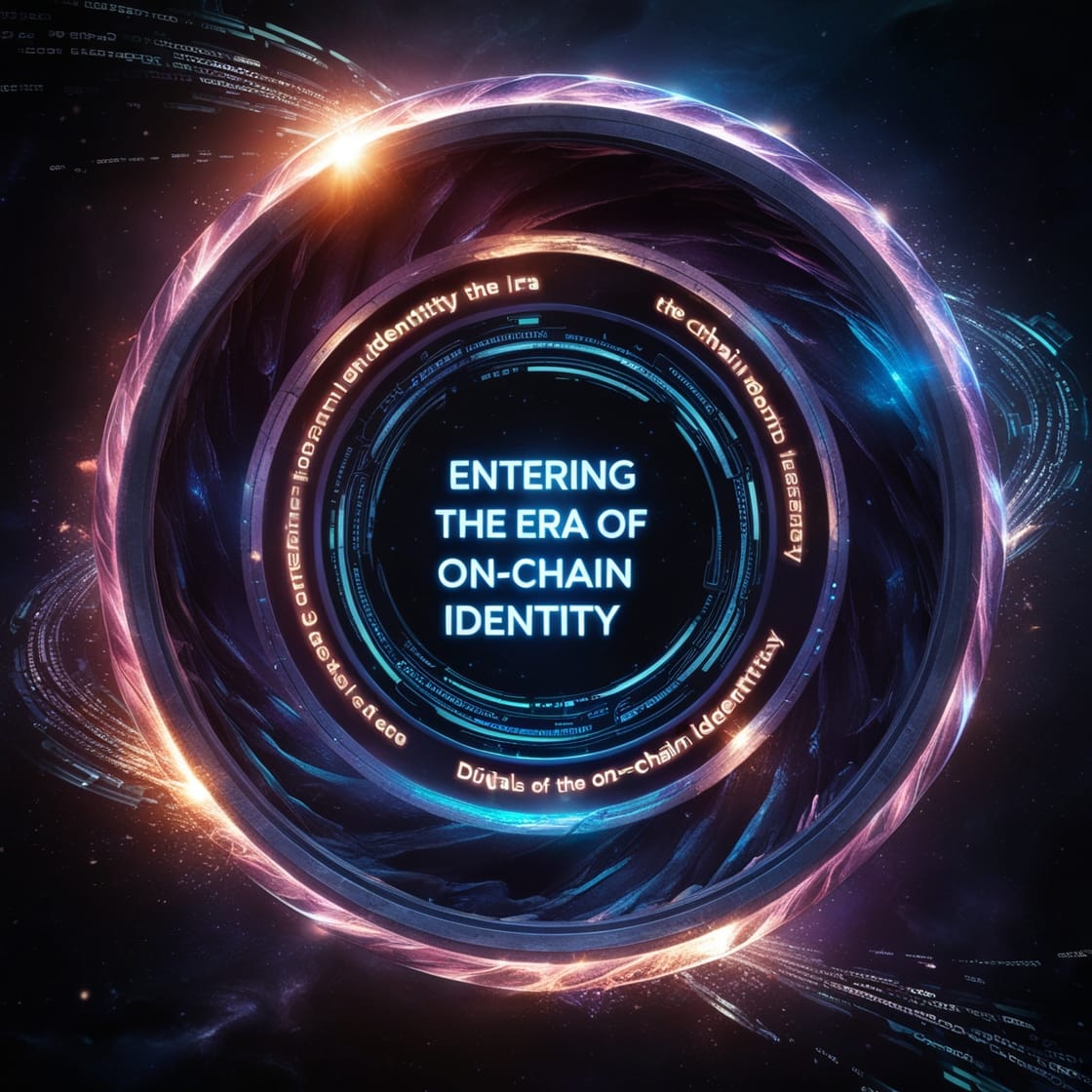🔥 Your Credit Score As an NFT?

Entering the Era of On-Chain Identity
Imagine waking up one day and realizing your credit score — the number that determines your loans, rentals, and job offers — is not just sitting in a bank database anymore.
It’s now a blockchain NFT you own, visible to lenders, platforms, and maybe even employers, across the entire digital world.
Sounds futuristic? It’s closer than you think.
🧠 The Real-World Background
Major banks and institutions are already exploring blockchain-based digital identity.
In 2023, JPMorgan — one of the world’s largest banks — launched Onyx Digital Identity, a project focused on how individuals could control their own identity credentials across Web3 platforms.
(Source: Blockworks article, UnchainedCrypto article)
Their idea?
🔹 Let people hold their credit history, KYC details, and identity proofs in their own wallet — without depending on centralized agencies.
🔹 Users could share only necessary parts of their identity — like confirming your age or creditworthiness without revealing your entire financial history.
Meanwhile, decentralized identity projects like Civic (Civic Blog) and BrightID (BrightID) are taking it even further —
building systems where wallets, not banks, manage your proof of uniqueness, reputation, and trust.
🔮 So, What Would an NFT Credit Score Look Like?
In this future:
- Your credit score becomes a non-fungible token (NFT) tied to your wallet.
- It can update dynamically based on your on-chain and real-world behavior.
- Instant verification becomes possible without long paperwork.
- Access to services (loans, rentals, memberships) could be instant across any Web3 platform.
Imagine flashing your wallet and being approved for a loan in seconds —
or being denied access because your Credit NFT glows bright red after a missed payment.
(Ouch. Web3 adulting at its finest.)
🚀 The Big Opportunities
If done right, on-chain identity can solve a lot of real problems:
- 🌎 Portability: You can take your credit reputation anywhere — across countries, platforms, or ecosystems.
- 🔒 Privacy: You share only what’s needed, not your full history.
- 📈 Access: More people globally (especially unbanked) could access financial services based on verifiable data.
⚡ The Risks We Need to Watch
But — and it’s a big but —
this also brings new dangers:
- 🧹 No second chances: Mistakes (like missing a payment) could follow you permanently unless systems allow forgiveness or resets.
- 🕵️ Privacy leaks: Even if you control your data, hackers or malicious actors might still find ways to trace or misuse it.
- 🏛️ Regulation wars: Governments may clash over who gets to set the rules for on-chain identity.
📅 Timeline: When Could This Happen?
Today, projects like JPMorgan’s Onyx, Civic, and BrightID are still early.
Most consumer-facing versions of blockchain identity might take 3–5 years to become mainstream, based on adoption speed, regulatory approvals, and technology maturity.
But one thing is certain:
The foundation is already being built right now.
🎯 Final Thought:
Web3 adulting isn’t just memes and NFTs anymore.
It’s entering serious territory — where your identity, reputation, and opportunities will be carried in your own wallet,
visible, powerful, and possibly… a little scary.
Are you ready?
Because whether you are or not —
"The Era of On-Chain Identity is coming."
📚 References: